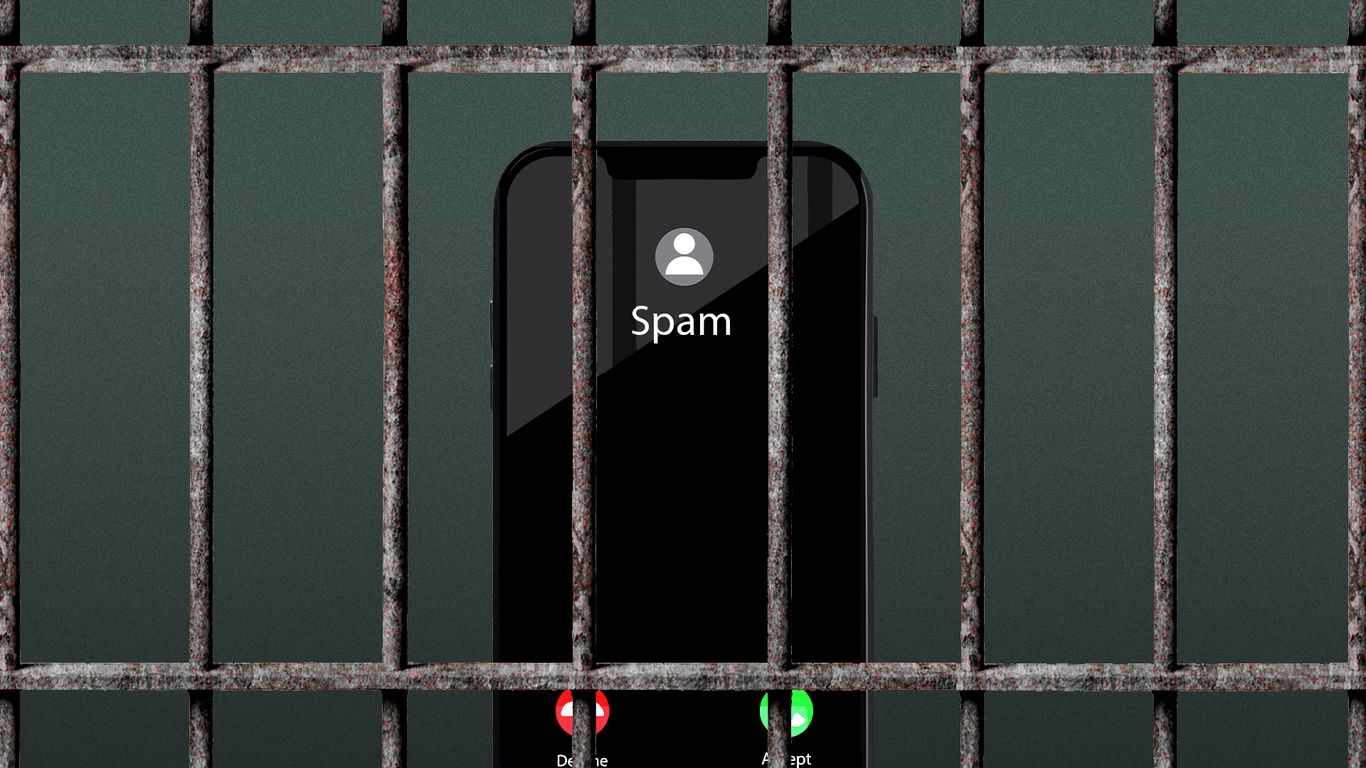fromBusiness Insider
1 day agoI work in AI security at Google. There are some things I would never tell chatbots.
Sometimes, a false sense of intimacy with AI can lead people to share information online that they never would otherwise. AI companies may haveemployees who work on improving the privacy aspects of their models, but it's not advisable to share credit card details, Social Security numbers, your home address, personal medical history, or other personally identifiable information with AI chatbots.
Privacy professionals


























